
Israeli barrier blocks access to basic services
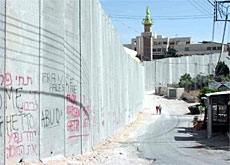
The impact of Israel’s “security fence” in the West Bank is expected to be one of the main topics at a conference on Palestinian refugees in Geneva this week.
Ahead of the Swiss-backed United Nations meeting, swissinfo’s Anna Nelson takes a first-hand look at the effects of the wall on Palestinians living in its shadow.
“The restriction of movement has greatly complicated the situation here and has had a major impact on health and education services, as well as the economy,” said Mohamed Husseni, a field officer for the United Nations Relief Works Agency (UNRWA) in the West Bank.
“Access is one of the main problems the Palestinians face… not to mention the organisations trying to help them,” he told swissinfo.
When contacted by swissinfo on several occasions, no one at the Israeli Embassy in Bern or the government’s mission in Geneva could be reached for an official comment.
Cut off
Since the start of the year, residents of the West Bank town of Qalqilia have been virtually cut off from the outside world by the Israeli fence – a 600-kilometre network of metal fences, razor wire and concrete blocks that is 13 metres high in some places.
“The wall was built on the western side of Qalqilia but essentially serves as a barrier because of the security gates that encircle the town,” Husseni said.
Israel says the fence is needed to keep out suicide bombers, but the Palestinians say it is just an attempt to seize land and water wells.
According to Husseni, the construction of the wall in Qalqilia has resulted in the loss of around 35 per cent of Palestinian farmland.
Local residents claim it has also forced the closure of about 600 of the town’s 1,800 businesses, causing unemployment to skyrocket.
What’s more, they say it has prevented them from seeing friends and family members in 32 neighbouring villages on the other side of the barrier.
Health
Qalqilia is also home to the only major UNRWA hospital in the northern part of the West Bank and local health workers say the wall has severely hampered the services the hospital can provide.
“It’s not uncommon for babies to be born at home or even at the checkpoints,” said the director of the hospital, Fahmi Hashash. “Ambulances are blocked by Israeli forces from entering and exiting the town on a weekly and sometimes daily basis.”
In February, many governments, including the Swiss, challenged the legality of the barrier, saying that it hampered the free movement of people and cut many Palestinians off from their workplaces and schools.
But construction continues and even in places where the wall does not yet exist, UNRWA says Palestinians throughout the West Bank and Gaza are being socially and economically suffocated.
Limited access
For most Palestinians, travel throughout the West Bank and especially the Gaza Strip is severely limited by a network of Israeli checkpoints.
For example, a Palestinian wanting to go from Qalqilia to Nablus has to obtain special authorisation from the Israeli authorities.
During times of Israeli incursions, it is virtually impossible to enter or leave hotspots such as Jenin in the West Bank, or Rafah in the southern Gaza Strip.
According to UNRWA, more than 17,000 people have lost their homes as the result of such incursions since the start of the latest intifada in 2000.
During the month of May alone, 60 Palestinians were reportedly killed and 221 wounded during one of the most intense periods of violence in Rafah in recent years. Over 700 refugees also lost their homes in Rafah over the course of the month, according to UNRWA.
Psychological impact
But while the restriction of movement and violence may be taking a major physical and economic toll on Palestinians, parents and health workers say it is having an even greater psychological impact on the youth.
Ali, a father of three who lives in Gaza, says he is at a loss when it comes to explaining the conflict to his young children.
“When the Israelis bomb and shoot over my region, the children cry and scream,” he told swissinfo. “This is the worst feeling in my life to be helpless to help them.
“All I can do is hold them and tell them the truth… that the Israelis come to kill us as we sit peacefully in our homes,” he added. “And that we must decide to defend what is ours.”
swissinfo, Anna Nelson in Qalqilia
UNRWA estimates that roughly half of all Palestinian refugees are out of work, putting 50 to 60 per cent of the population under the poverty line.
In addition, about half of the 4.1 million refugees registered by the agency are classified as “vulnerable” due to inadequate access to food, shelter and health services.
It’s also believed that malnutrition and anaemia among Palestinian children has increased to levels normally associated with emergencies in sub-Saharan Africa.
More and more refugee children are failing in school as a result of the increase in violence since the start of the intifada in 2000.

In compliance with the JTI standards
More: SWI swissinfo.ch certified by the Journalism Trust Initiative
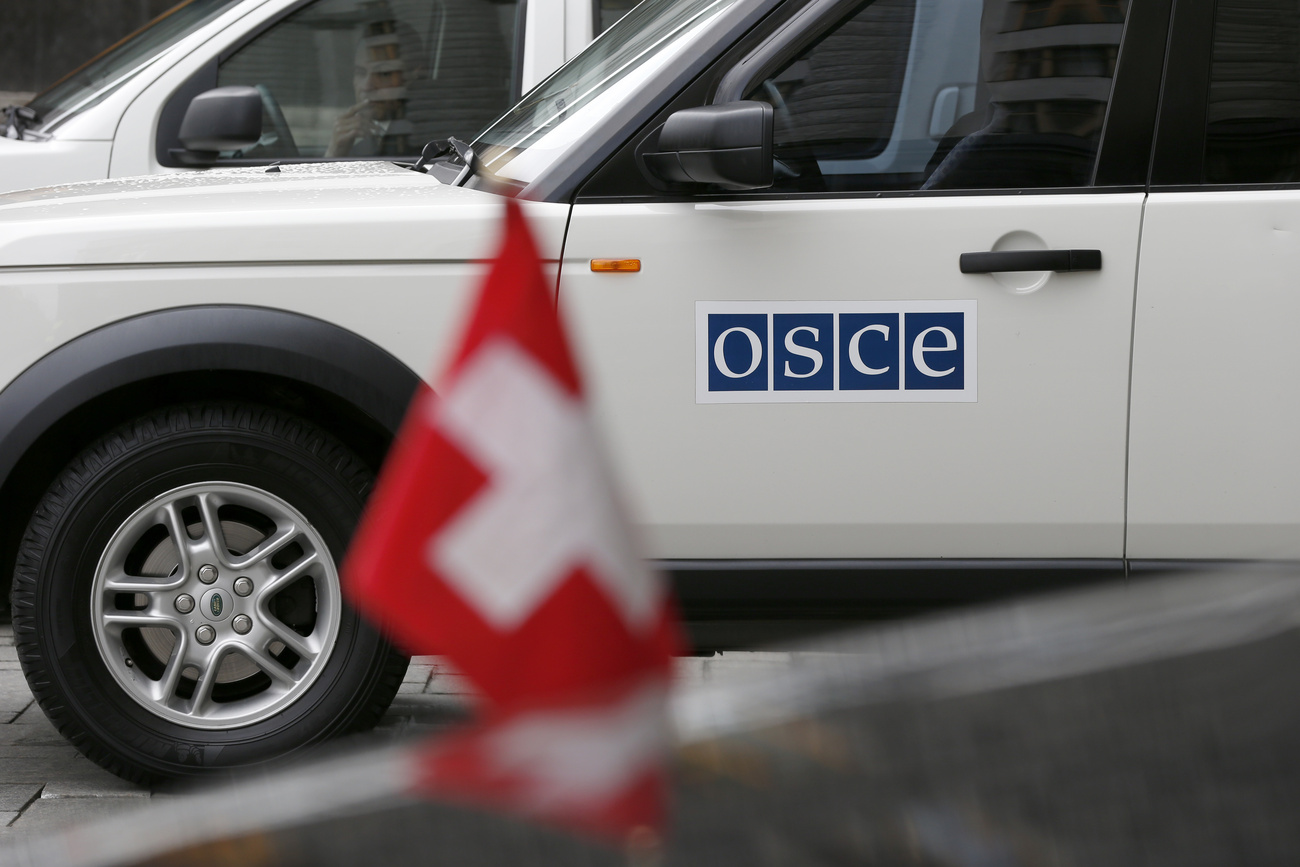









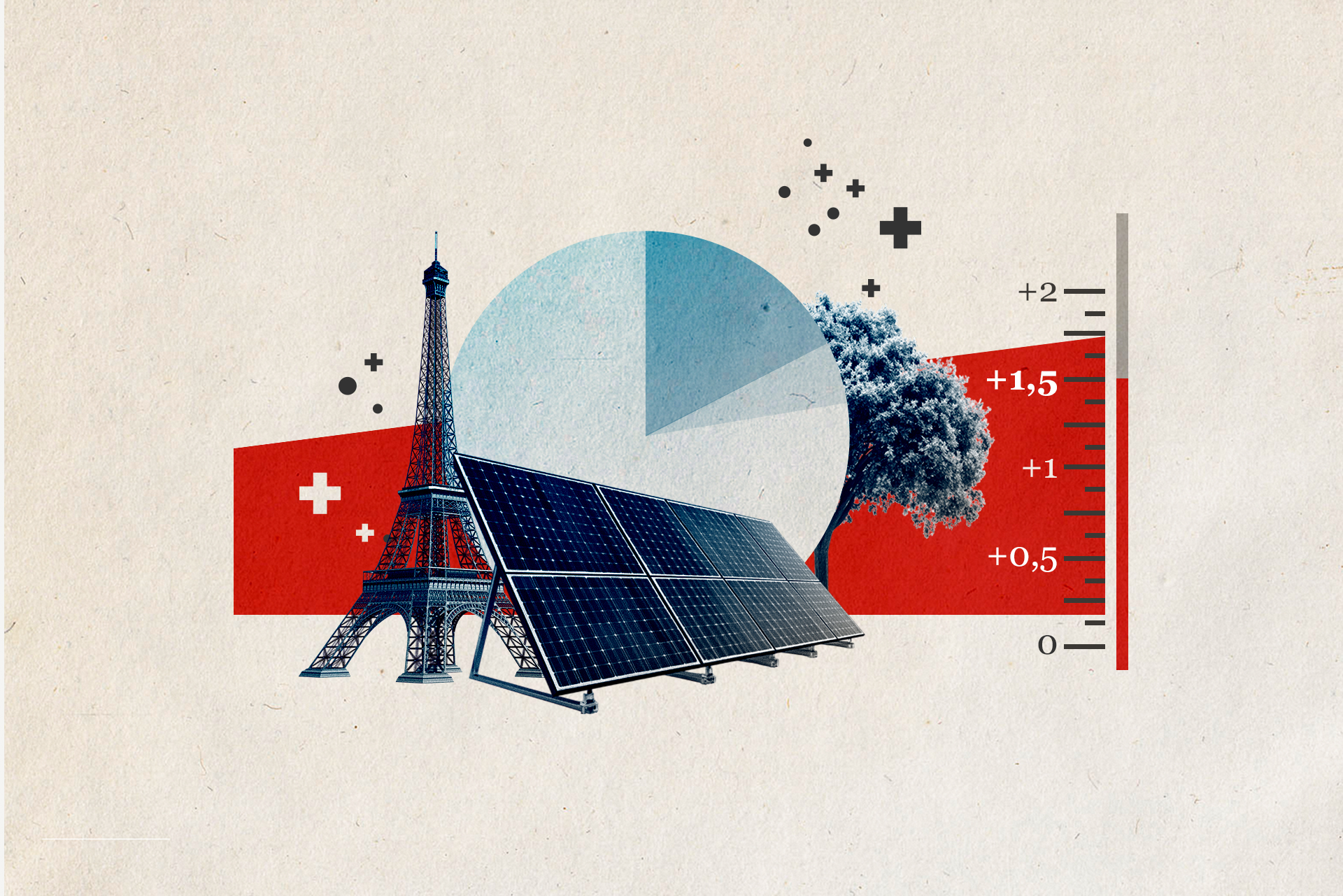



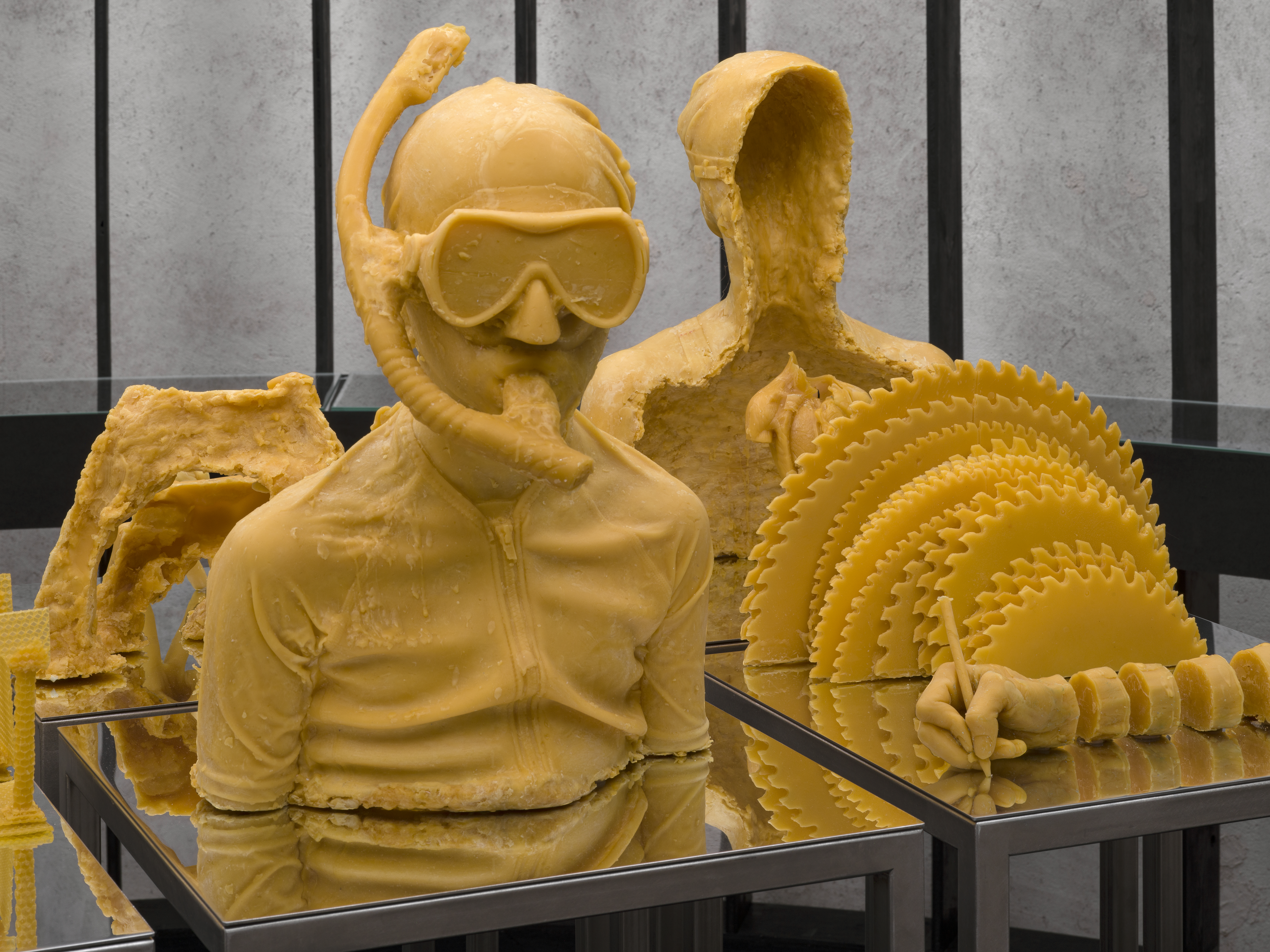
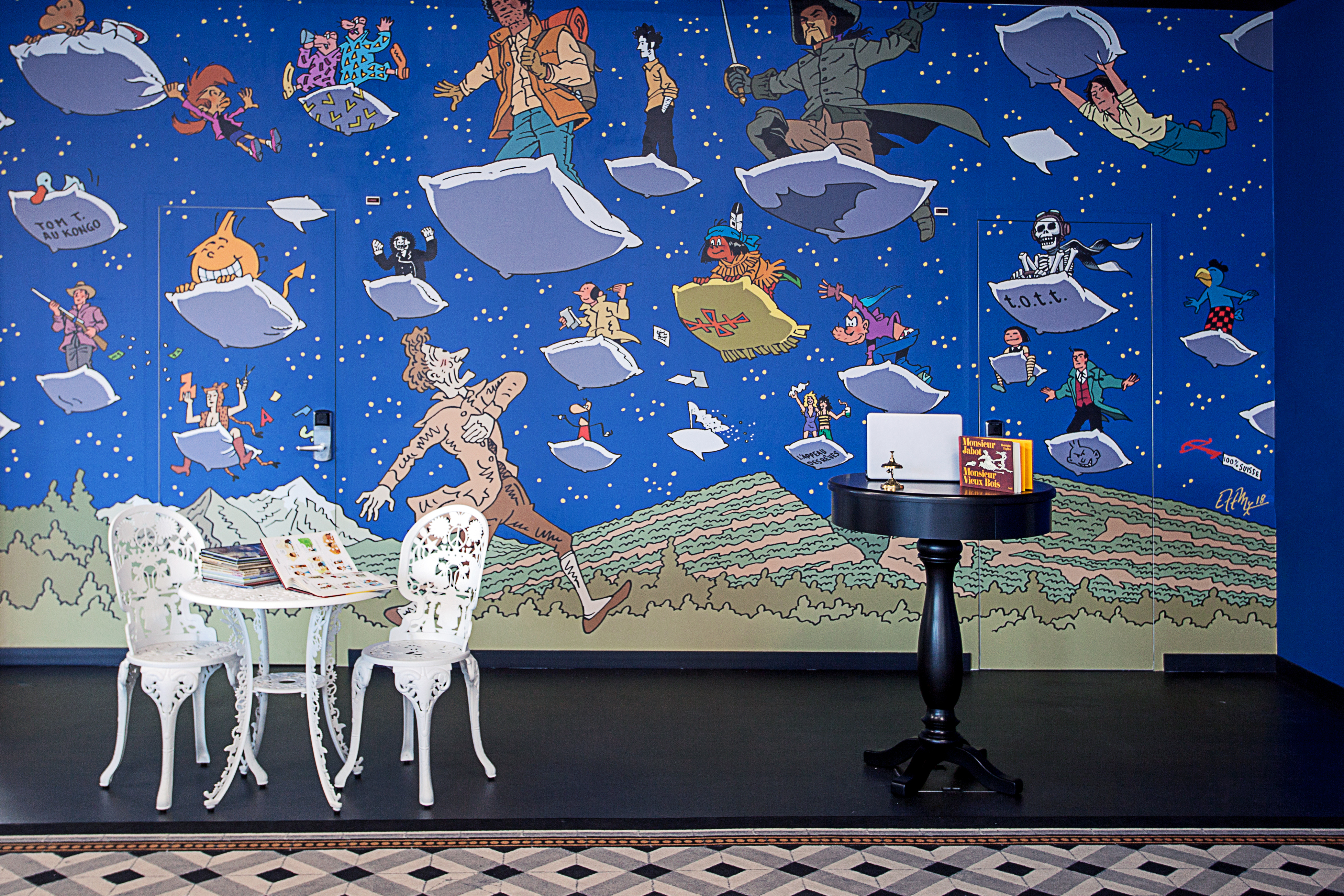








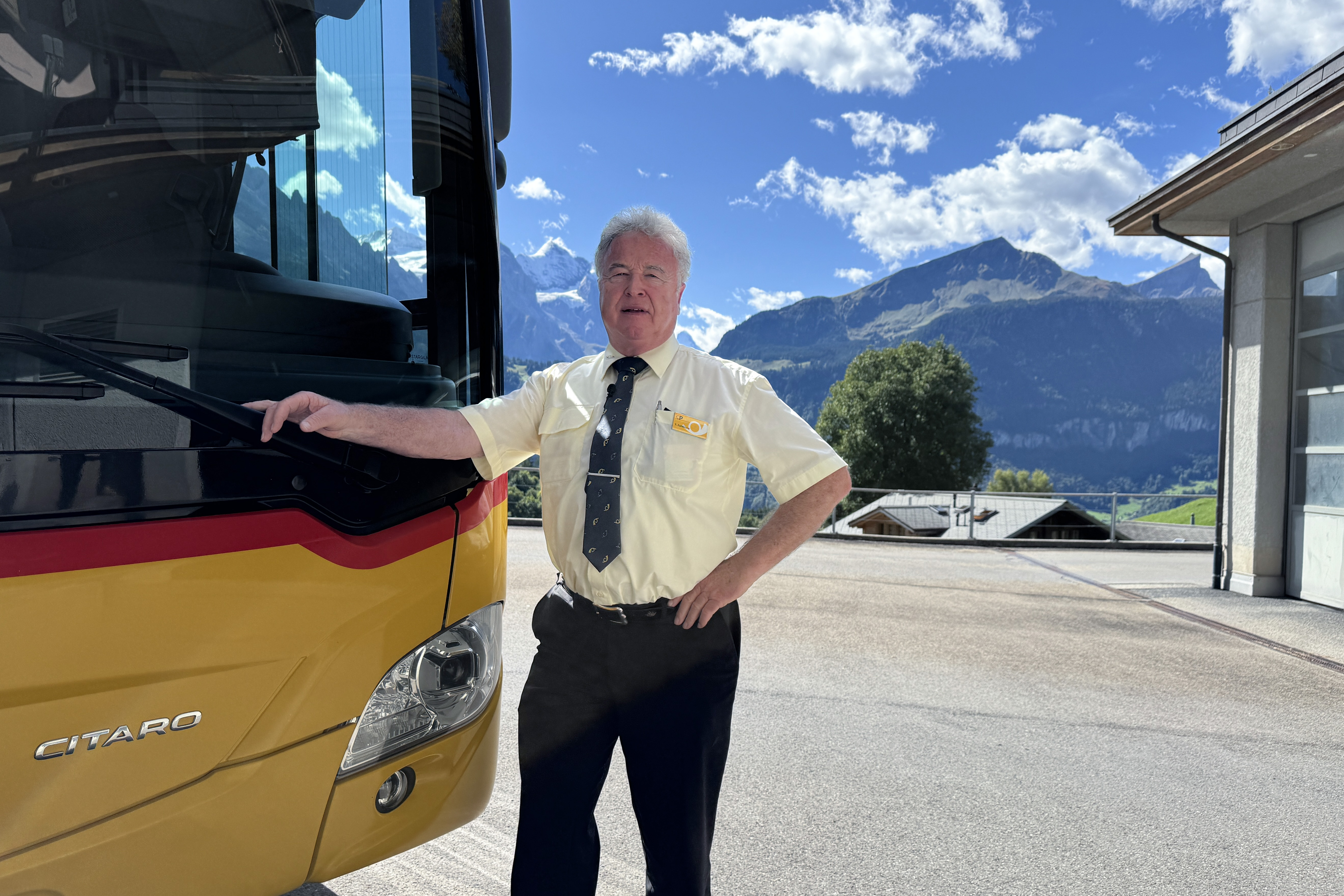



You can find an overview of ongoing debates with our journalists here . Please join us!
If you want to start a conversation about a topic raised in this article or want to report factual errors, email us at english@swissinfo.ch.